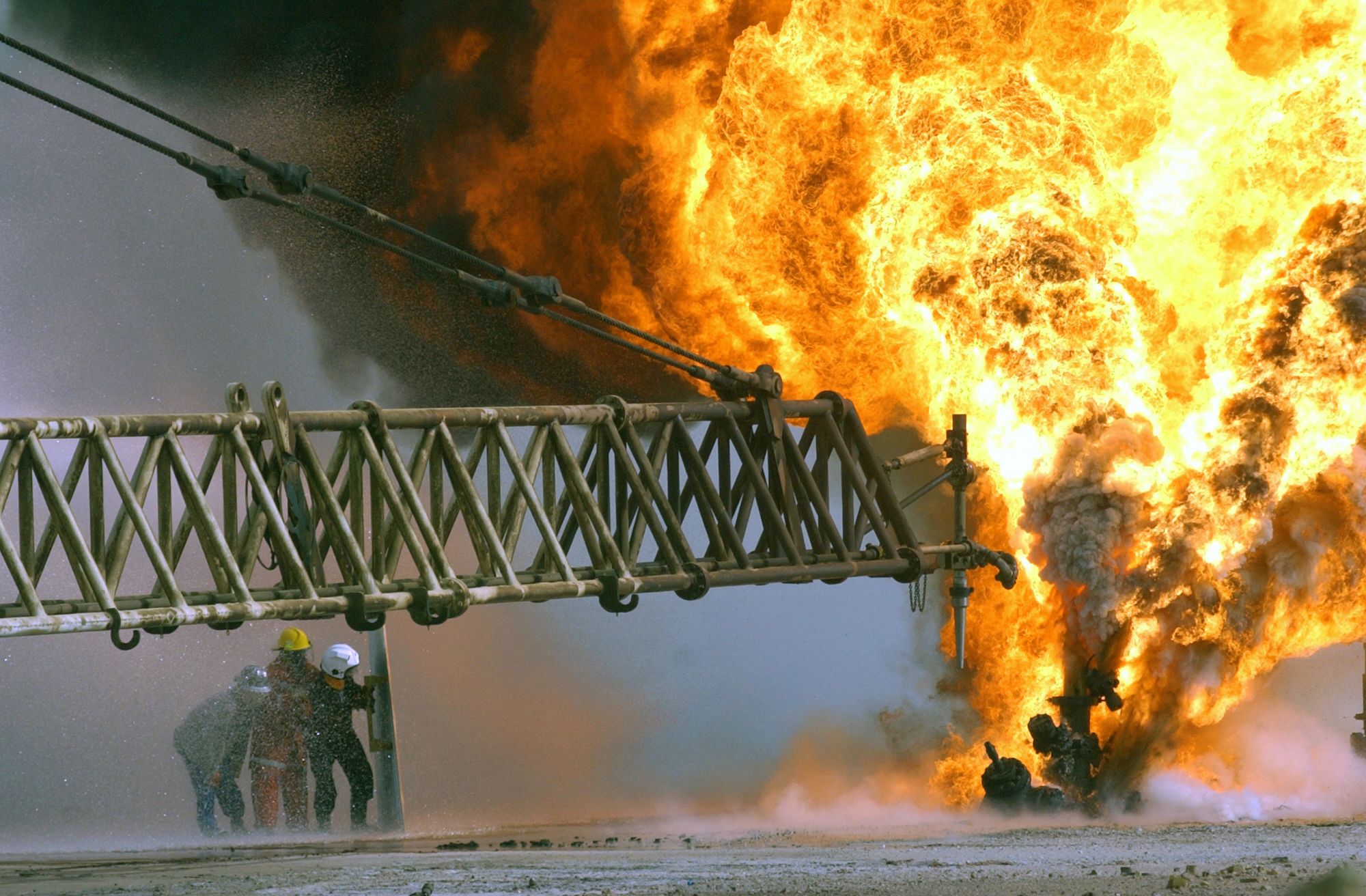World Bank's data shows decline in gas flaring at global oil production sites
New satellite data released today shows a significant decline in gas flaring at oil production sites around the world in 2017, despite a half-percent increase in global oil production.

New satellite data released today shows a significant decline in gas flaring at oil production sites around the world in 2017, despite a half-percent increase in global oil production. The nearly 5 percent flaring decline begins to reverse years of increases in global gas flaring that started in 2010.
The data reveals about 141 billion cubic meters (bcm) of natural gas was flared in 2017, down from nearly 148 bcm in 2016. While Russia remains the world’s largest gas flaring country, it also saw the largest decline in flaring last year. Venezuela and Mexico also reduced their flaring significantly in 2017. In Iran and Libya there were notable increases in gas flaring.
The data was released by the Global Gas Flaring Reduction Partnership (GGFR), a World Bank-managed organization comprised of governments, oil companies, and international institutions working to reduce gas flaring. The U.S. National Oceanic and Atmospheric Administration (NOAA) and GGFR have developed the flaring estimates in cooperation with the University of Colorado, based on observations from advanced sensors in a satellite launched in 2012.
Gas flaring – the burning of natural gas associated with oil extraction – takes place because of technical, regulatory, and/or economic constraints. It causes more than 350 million tons of CO2 emissions every year, with serious harmful impacts from un-combusted methane and black carbon emissions. Gas flaring is also a substantial waste of energy resources the world can ill afford.
“The latest global gas flaring data is encouraging, but we will have to wait a few more years to know whether it represents a much-needed turning point,” said Riccardo Puliti, the World Bank’s Senior Director and head of its Energy & Extractives Global Practice. “Ending routine gas flaring is a key component of our climate change mitigation agenda, and the global flaring reduction Initiative we launched just three years ago now has 77 endorsers, covering about 60 percent of the total gas flared around the world.”
In 2015, UN Secretary-General Ban Ki-moon, World Bank President Jim Yong Kim, and 25 initial endorsers launched the “Zero Routine Flaring by 2030” Initiative that commits endorsers to not routinely flare gas in new oil field developments and to seek solutions to end routine flaring at existing oil production sites as soon as possible and no later than 2030. It has now been endorsed by 27 governments, 35 oil companies, and 15 development institutions.
“The Initiative is an essential tool for ending routine flaring,” said Bjorn Hamso, GGFR’s Program Manager. “Going forward, it is paramount that oil field operators continue to address ongoing “legacy” flaring, and that new business models are developed that will enable more investors to participate in flaring reduction projects.”










